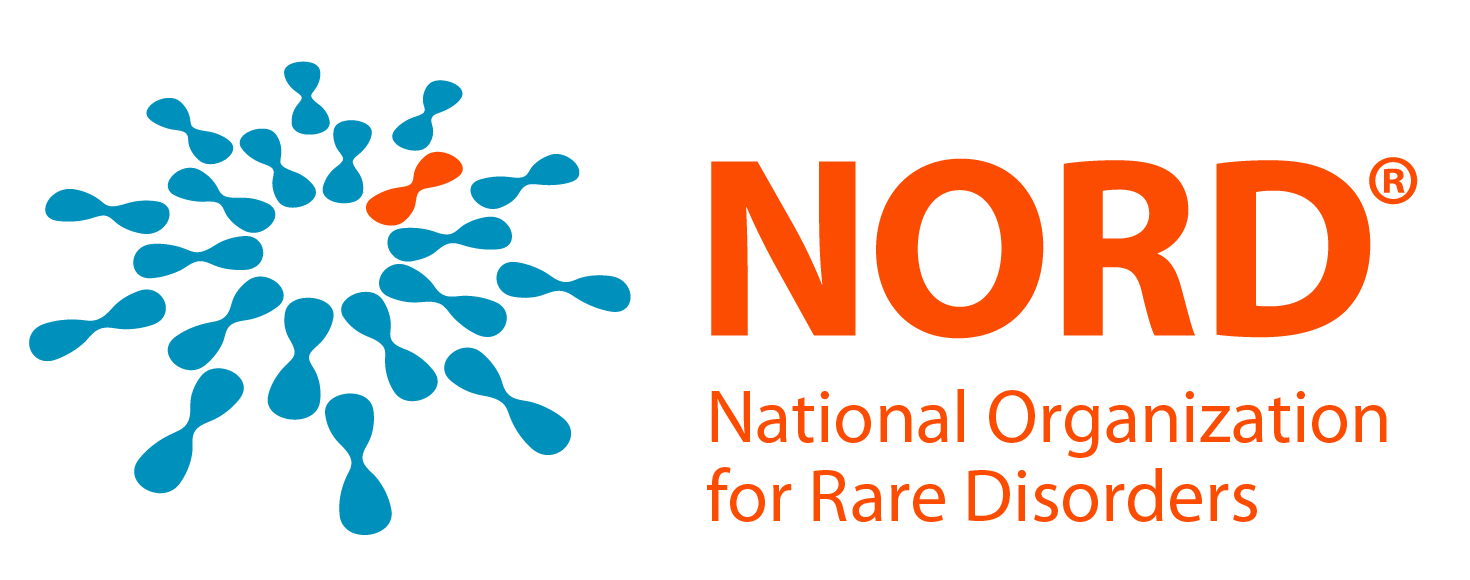Alagille syndrome (ALGS) is a rare genetic disorder that can affect multiple organ systems of the body including the liver, heart, skeleton, eyes and kidneys. The specific symptoms, organ system involvement and severity of Alagille syndrome can vary greatly from one person to another, even within the same family. Some individuals may have mild forms of the disorder while others may have more serious forms. Common symptoms, which often develop during the first three months of life, include blockage of the flow of bile from the liver (cholestasis), yellowing of the skin and mucous membranes (jaundice), poor weight gain and growth and severe itching (pruritis). Additional symptoms include heart murmurs, congenital heart defects, vertebral (back bone) differences, thickening of the ring that normally lines the cornea in the eye (posterior embryotoxon) and distinctive facial features. Most people with Alagille syndrome have changes (variants or mutations) in one copy of the JAG1 gene. A small percentage (2%) of patients have variants in the NOTCH2 gene. These variants can be inherited in an autosomal dominant pattern, but in about half of cases, the variant occurs as a new change (de novo) in the individual and was not inherited from a parent. The current estimated incidence of ALGS is approximately 1/30,000 –1/45,000.

Every day matters for patients, researchers, and families who rely on NORD's trusted information.
We can’t keep these resources free and growing without your help.
Please donate today — and power the future of rare disease progress.


Whether you’re a patient, researcher, student, or advocate — we’re here for you.
If you’ve found NORD’s resources helpful, please consider donating.
Your support keeps this information free, updated, and available for everyone who needs it.

